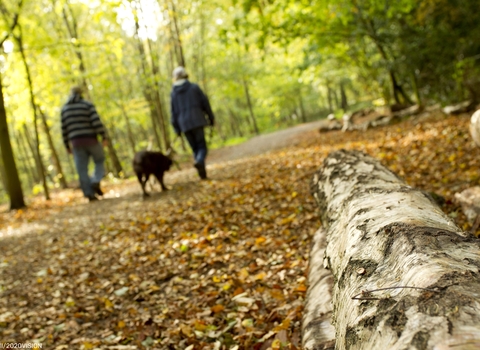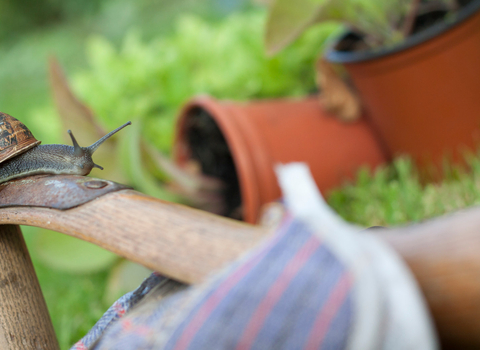What is in a flea treatment?
Even the cleanest of pets in the cleanest of houses can contract fleas from a number of different sources, and for years that has led to flea treatments being widely available and commonly used by the general public, but do you know what they actually contain? Though a lot of combinations do exist, two of the most common components of flea treatments are Fipronil and a neonictinoid called Imidacloprid, two chemicals banned for use by farmers in the EU due to their toxicity to wild pollinators like the bee, but still available for purchase in flea treatments.
You may think these treatments need to be routinely used to kill fleas effectively to protect our pets and our homes. However, the wider impacts of these strong chemicals is only now coming to light, meaning we need to rethink how we deal with fleas on our pets.
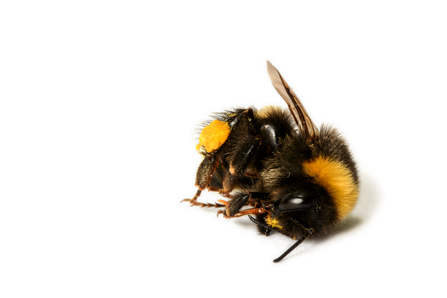
Pesticides in our water
In one important study ran between 2016 and 2018, Fipronil was found in 98% of the rivers sampled, and Imidacloprid was found in 66% of sampled rivers. These numbers are worrying because the chemicals themselves, and what they break down into, have disastrous effects on the aquatic insects living in those water bodies. With the agriculture bans for these chemicals coming into force in 2017 and 2013 respectively, the likely source of these chemicals was identified to be flea treatments.
But how exactly are the chemicals finding their way into our river systems?
There are a few possible routes for these chemicals to enter the environment after being applied to our pets, including:
- Dogs going for a swim in a water body after being given a flea treatment
- Dogs walking in the rain or on wet grass, and the chemical being washed from the pet into the surrounding ground
- House pets and their toys or bedding being washed after contact with a flea treatment and these chemicals entering sewer systems
What can I do to help?
Thankfully there are plenty of ways you can help lessen the impact of pet flea treatments on our wildlife by following a few steps below. Through raising awareness of this issue and sharing this information with others, we can make sure that we are acting to protect and care for our pets and wildlife.
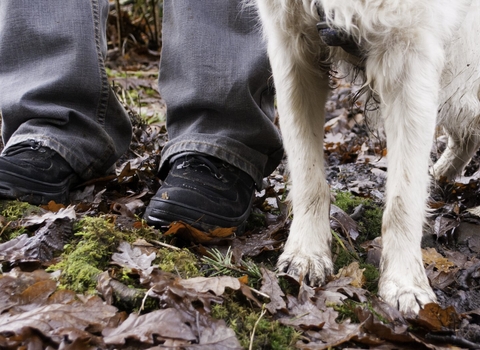
Dog walking, Cumbernauld Glen, 24.11.2012, afternoon, overcast - Katrina Martin / 2020VISION
Only use flea treatments when they are necessary
Veterinary practices and pet shops may advocate for using flea treatments regularly to avoid fleas, but it is only really necessary to use them if your pet has symptoms of an infestation, so only use these treatments when needed.
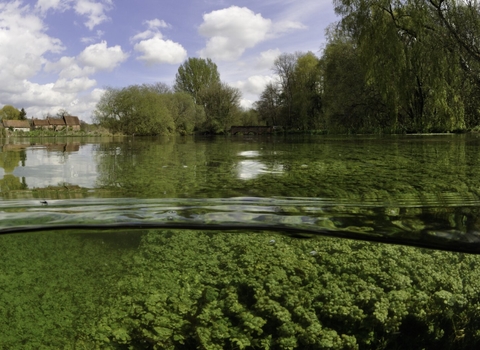
River by Linda Pitkin/2020VISION
Think about after treatments
Small changes to where our pets go and how they are washed after treatments can massively reduce the amount of pesticides entering our water courses. Don't go for a walk in the rain or take your pet swimming after treatments, and avoid washing pet bedding in traditional ways; flea treatments in the drain get into our river systems easily causing destruction once they do.
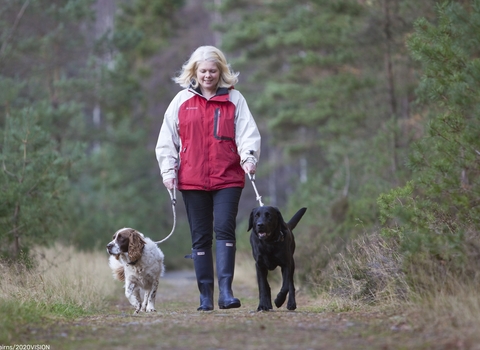
Peter Cairns/2020VISION
Ask for non-toxic alternatives
Pet stores, local people, and veterinary practices will all have good ideas on non toxic alternatives you can use instead of pesticides to treat a flea infestation, so do your research and ask the experts for other options.
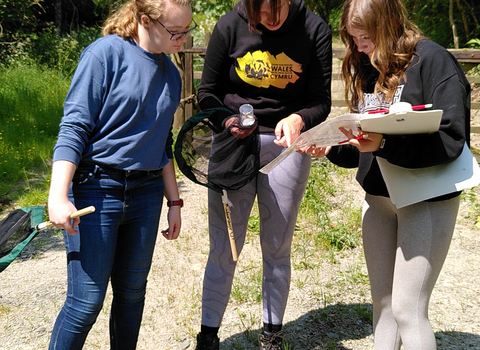
Trainees surveying on Stand for Nature Wales ©Radnorshire Wildlife Trust
Share with others
Small changes we make ourselves have a big impact, and if we tell others about that impact and they take action then we can have a bigger impact still, so share this page, and tell others about how to protect our wildlife.

